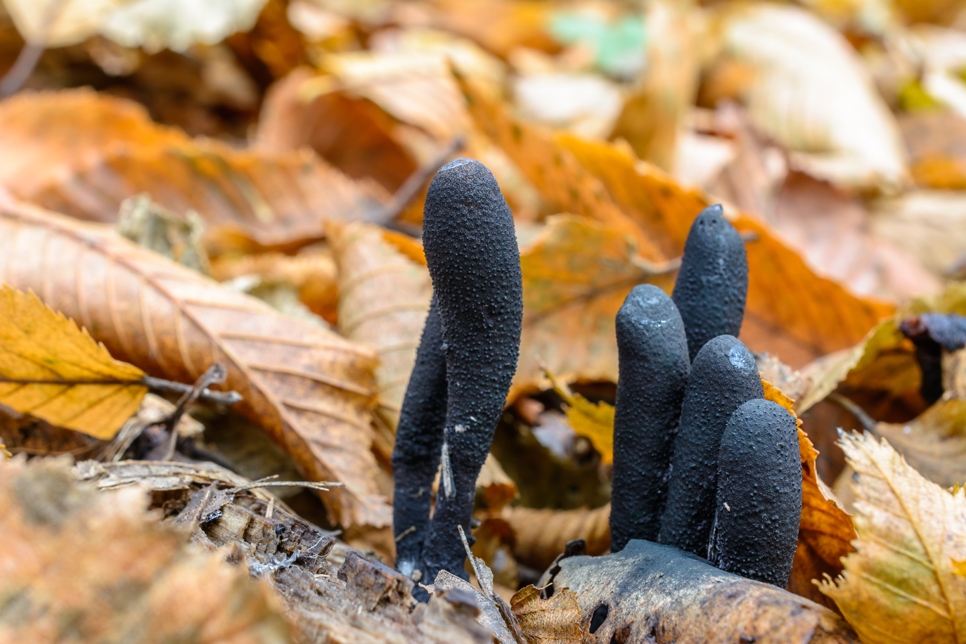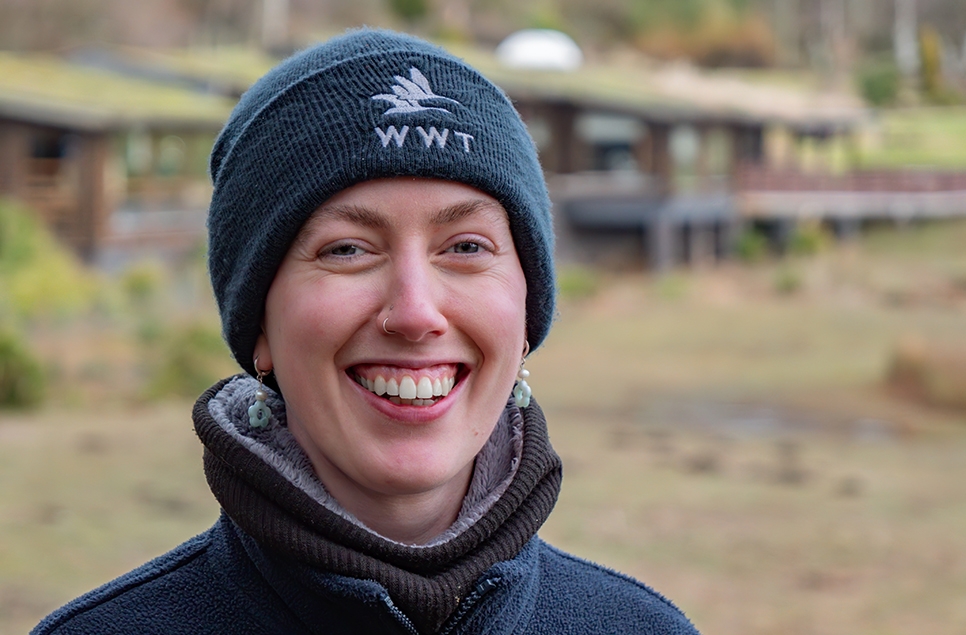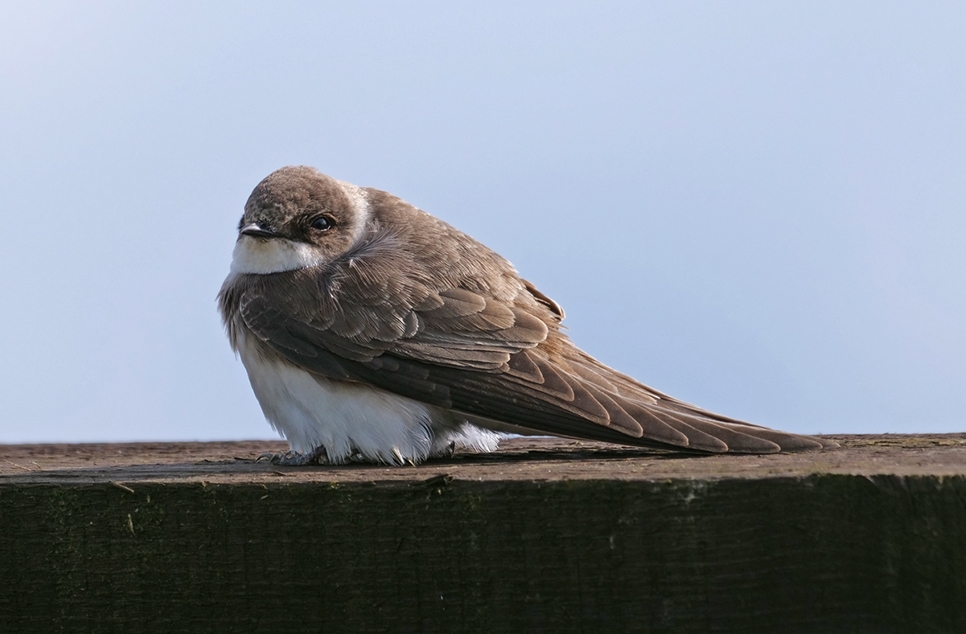Alternative spooky animals
When you hear the words ‘spooky animals’ your mind probably instantly goes to things like bats, black cats, crows, rats, and toads. These are just some animals that instantly seem spooky and have a long association with the magic and mystical in British and European folklore, making them our ‘go to’ beasties at this time of year.
But there are many other contenders that are perhaps less well known, but just as spooky. So, impress your friends this Halloween as you walk around your local field, park or nature reserve, by pointing out this wicked wildlife.
Redwings AKA Witches Broomsticks
Redwing (pictured below) are a member of the thrush family that migrate to the UK from Eastern Europe and Scandinavia in the Autumn to feast on berries in hedgerows. They can be quite skittish and have a high pitched ‘tseep tseep’ call. Now, imagine you’re living in the Middle Ages, travelling down a track on an evening just as it’s starting to get dark. You’re not quiet, in fact, you’re probably stumbling over a few roots and stones. As you plod along the lane, your presence spooks a flock of redwing that were happily chomping away on some rosehip berries in the hedge next to you. They fly off, making their alarm call, but it’s dull and dark and you can’t see them so you instantly assume it must be a group of witches on their squeaky broomsticks.
Sound a bit silly? Well, yes it does nowadays, but several centuries ago when things couldn’t be explained, witches were very much believed to be real. Many natural events were blamed on them, particularly when they seemed to happen more around Halloween.
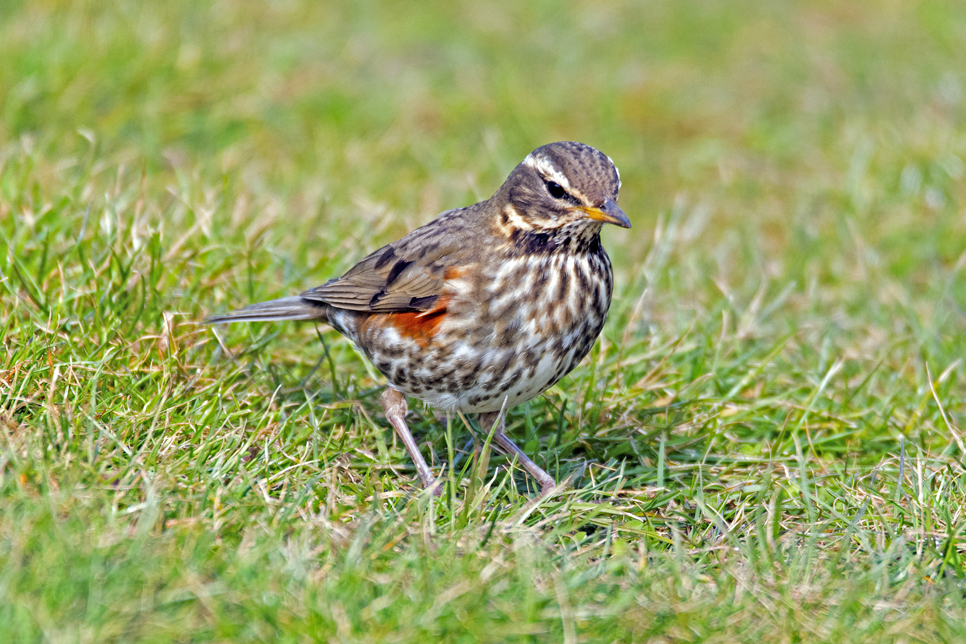
Fearsome fungus
Toadstools and fungi have a long association with magic, fairies, and all things spooky. This is probably in part due to the hallucinogenic and toxic properties of many when eaten, and the fact they tend to appear on mass in autumn.
When it comes to picking the most appropriate fungus for Halloween there are so many we could choose from, the destroying angel, devil’s fingers, weeping widow, wolf’s milk, crystal brain ……. but there is one that has the upper hand, literally - dead man’s fingers (pictured below) .
Unlike your classic toadstool, dead man’s fingers is a spore shooting fungus. Underground it’s a mass of intertwined mycelium, like tree roots, that do all the important stuff like decomposing the dead stuff and putting back into the soil in a form that other organisms can use. It’s their fruiting body that is the scary bit. In autumn, the fungus grows black and swollen finger like protrusions full of spores that pop up through the soil – just like a long dead hand reaching up from the grave. What’s even more scary is that sometimes a bit of the protective coating on the finger gets stuck on, so it looks like a fingernail – gruesome!!
Ghost moths
There are many species of pale moths in the UK, and with most being nocturnal it’s easy to see why they may develop a spooky reputation. But there is one moth in particular that has gained the common name of ghost moth (pictured below) . When you see a male ghost moth with its pale white colouring and habit of hovering over grassy areas (like graveyards) at dusk, you can understand how it got its name.

Zombie Butterflies
Now, these aren’t butterflies flitting around with their legs stretched out searching for brains (although it’s an interesting B Movie idea). No, these zombies require both parasitic wasps and butterfly/moth caterpillars.
In the UK we have about 7,700 species of wasp, of these about 6,500 are parasite wasps and 4,000 are from the family Ichneumonidae. Don’t worry, most are tiny and will never sting you. They are looking for caterpillars to help them raise their young - but not in a Mary Poppins way. The wasp will find a nice, juicy young caterpillar and inject its eggs inside the caterpillar’s body using their super-sharp ovipositor. The caterpillar carries on eating but, as the eggs hatch, the baby wasps inside it absorb most of the nutrients. They release hormones that prevent the caterpillar metamorphosising into a pupa, making sure it just keeps eating so they get more food. Some species will even control the brain of the caterpillar using chemical signals they release, making it act in an unnatural way to in fact protects the wasps inside. Eventually, the wasp larvae pupate and emerge as adults through the body of the caterpillar.
This all sounds horrifying, and you may be wondering why nature would develop such a strategy. Well, it works in several ways. Firstly, caterpillars are veracious plant predators. Left unchecked they can kill a plant by eating all the leaves, thus preventing the plant from photosynthesising. And if plants don’t photosynthesis, we don’t get oxygen (dramatic – but you get the point). By preventing caterpillars from becoming adults, they keep the population in check as there will be a balanced number of new caterpillars each year. Secondly, ichneumon wasps (pictured below) are fantastic pollinators. The adults live solely on nectar, and, because of their shorter tongues and stout stature, they end up covered in pollen as they travel between flowers, whereas butterflies just get a bit on their feet and tongue.
Remember, the natural world needs to be balanced to be effective. It’s just sometimes the way Mother Nature achieves the balance seems a little gory to us.
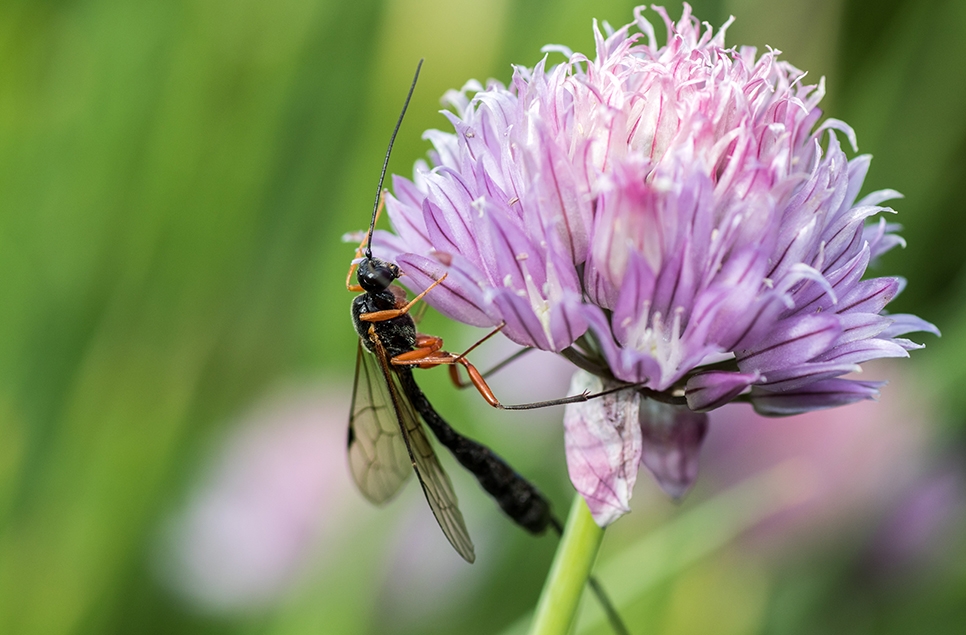
Vampire bugs
Did you know that the definition of a bug is an insect that sucks. There’s a bit more to the biological definition than that, but all bugs have sucking mouthparts. Whilst most suck the sugary sap from plants (like aphids and shield bugs), there are some that will roam amongst the undergrowth looking for other insects to spear and devour like a bug flavoured milkshake. The UK has 7 species of the aptly named 'assassin bugs' that have these vampire-like tendencies. There are also 12 species of damsel bugs (pictured below by Artur Rydzewski), which sound soft and sweet but you definitely wouldn’t want to mess with them if you were a tasty little aphid.

Find your own wicked wildlife
When it comes to finding the gruesome, creepy, and frankly disgusting, nature has it all. With so many different strategies for survival, it’s no surprise that you can find inspiration for spooky stories throughout the natural world. These creatures may not be on the scale of bats and rats, but they are well worth looking out for. So next time you’re out and about on the reserve, slow down, take your time and look closely in the leaf litter and nettles – maybe you’ll find your own scary story to watch!
Blog written by volunteer Melissa Young
Ready to visit?
If you've been inspired to explore Washington Wetland Centre to find some spooky inspiration, find out more and plan your visit online.
Plan your visit